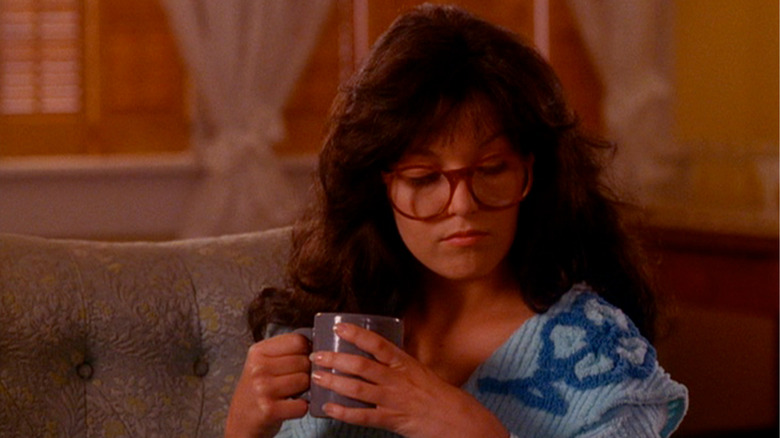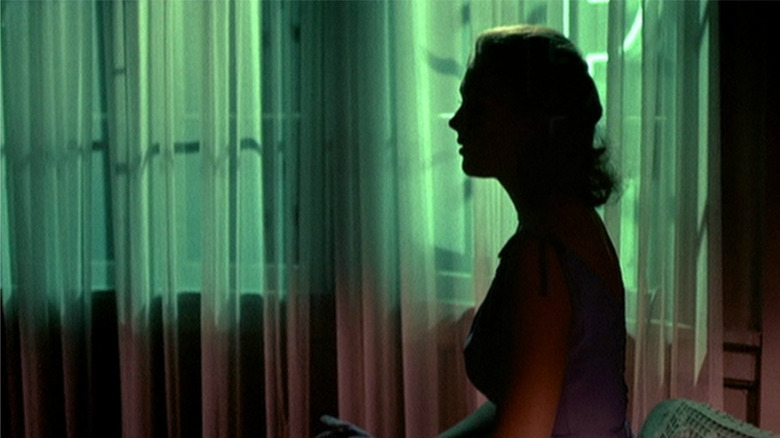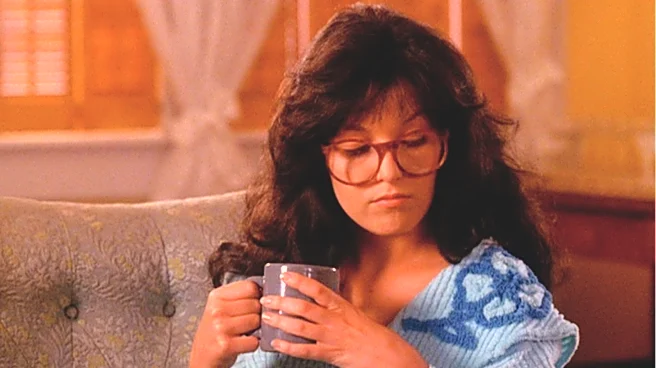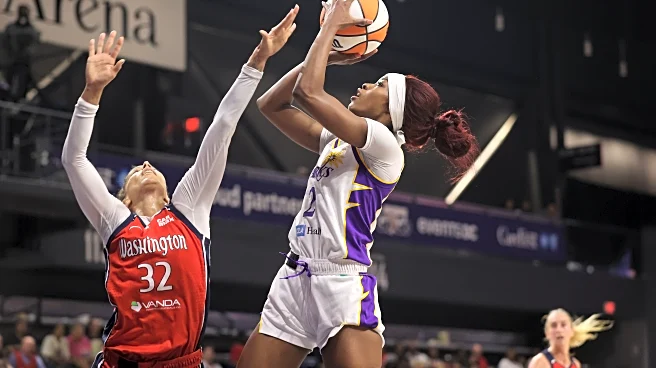
Back when "Twin Peaks" season 1 was first airing, the biggest surprise for everyone was how much material the show was giving Sheryl Lee. Her character was Laura Palmer, introduced as a corpse
in the pilot. Outside of a few minor flashbacks, the real Laura remains up to the viewer's imagination throughout the season, with us assuming her personality through the way her friends and family remember her.It was a pretty standard, thankless "dead mystery girl" role for Lee, which is why she wasn't expecting
to be called back after the first episode. In a 2016 interview Lee recalled:
"After we shot the pilot, I stayed in Seattle and kept doing theater. I thought that was it. Then David [Lynch] called me months later and said, 'How would you feel about moving to Los Angeles? I want to bring you back on the show.' I was thrilled but said, 'As what? I'm dead.' He said, 'I don't know, but we'll figure it out.'"
Warning: Spoilers below for season 2 of "Twin Peaks."
The solution Lynch settled on was to introduce the character of Madeleine "Maddy" Ferguson, Laura Palmer's cousin who looks almost exactly like her but with dark hair and glasses. Was it a little silly to give Laura a doppelganger? Probably, but audiences were still on board. Poor sweet Maddy was a well-liked character who helped drive the plot in the teen storyline. It was fun watching her, Donna and James do their own sleuthing throughout the first season, and it was devastating in season 2 when Maddy met a similar tragic demise as her own late cousin.
As the show's co-creator David Frost explained, the inspiration for this identical cousin set-up came from one of director Alfred Hitchcock's best movies. "The character of [Laura's] cousin Madeleine, which of course is an homage to 'Vertigo,' came into play," he explained. "The show was dense with this sort of homage, the kind of compulsive referencing that kept viewers both puzzled and entranced."
Read more: The 10 Best Actors On The Original Twilight Zone Series, Ranked
The Many Parallels Between 'Twin Peaks' And 'Vertigo'

Warning: spoilers for "Vertigo" below:
As Hitchcock fans can recall, "Vertigo" is a movie about a detective named Scottie (James Stewart) who is asked to keep an eye out on a troubled woman named Madeleine (Kim Novak). Madeleine dies tragically about halfway through, and Scottie is only shaken out of his grief when he sees another woman (also played by Kim Novak) who looks exactly like her.
The movie quickly reveals (to us, not to Scottie) that this new woman is indeed the same person we met in the first half of the movie. She's an actor who was hired as part of an elaborate scheme by the real Madeleine's evil husband. This morally-dubious reveal is secondary, however, to the true issue the movie's concerned with: Scottie's obsession with returning to the romantic fantasy he had with Madeleine. He keeps trying to turn Judy back into Madeleine, even though the Madeleine he fell in love with was never real. The movie ends with Judy herself dying in nearly the exact same manner as she'd faked Madeleine's death.
There are plenty of differences between the Laura/Maddy of "Twin Peaks" and the Maddy/Judy of "Vertigo," but one thing stays the same: both tragic women end up being the source of the main character's obsession. Just as Scottie is driven to near-insanity in his fruitless quest to bring Madeleine back from the grave, Agent Cooper in "Twin Peaks" ends up trapped in some sort of alternate dimension when he tries to go back in time to save Laura. (At least, we think that's what happened. The finale was a little confusing.)
Both "Vertigo" and "Twin Peaks" are stories about the way women can be treated (or mistreated) by the men in their lives. Both Maddies are regular women who are nevertheless turned into bigger ideas by Scottie/Cooper, with tragic results for nearly everyone involved. Both stories comment on the often impossible standards and hopes that men can place on a single woman, hitting on the idea in a way that still rings true even decades after each story first aired. This approach leads to both stories having bummer endings, but it's also what's led to them maintaining their emotional impact long after they first came out.
If you're looking for the easiest way to keep up with all the major movie and TV news, why not sign up to our free newsletter?
Read the original article on SlashFilm.














